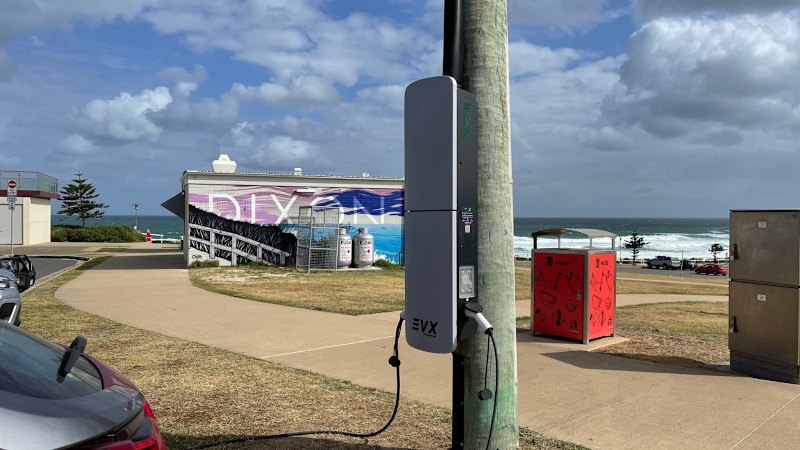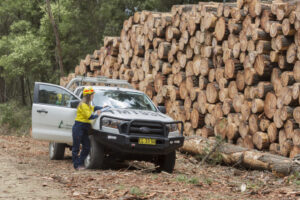
A significant debate has emerged in Victoria regarding the development of the electric vehicle (EV) charging network. As a state parliamentary inquiry examines the necessary electricity supply to support this initiative, discussions are centering on who should own and finance publicly available charging stations. The inquiry is currently assessing the pace of charger installations and the responsibilities of companies operating the state’s electricity infrastructure.
One of the critical issues being discussed is the financial model for expanding the charging network. Publicly available pole-mounted chargers are expected to become a prominent method for charging EVs outside of residential areas. However, stakeholders have expressed concerns that this could lead to increased energy bills for consumers, including those who do not own electric vehicles.
The inquiry suggests that consumers might face higher electricity costs to fund the expansion of the charging network. Current data highlights a remarkable growth in the number of battery or fuel-cell electric cars in Victoria, which surged by almost 240 percent from 20,125 in January 2023 to 68,370 by 2025. This rapid increase underscores the urgency of developing a robust infrastructure to support an expanding EV market.
Electricity distributors have indicated their willingness to assist in the development of this network by installing public chargers on existing poles and wires. However, this initiative hinges on decisions from the Australian Energy Regulator regarding regulatory oversight. A key consideration is whether these chargers will be classified as part of the companies’ official infrastructure, known as their “regulated asset base.” If this classification is approved, it could enable companies to recover costs through consumer energy bills or government charges.
Similar proposals in New South Wales have faced backlash, particularly when the Australian Financial Review reported that electricity networks had suggested a model requiring taxpayers to fund $135 million for 22,500 chargers across the state. While taxpayers would not initially bear maintenance costs, they could see an increase of up to $1 on their energy bills by 2034.
As the inquiry progresses, the outcomes will significantly impact both the EV sector and consumers in Victoria. The decisions made will shape the future of electric vehicle infrastructure and determine the financial responsibilities of non-drivers in funding this essential network. The ongoing discussions reflect a broader conversation about sustainability, energy consumption, and the transition to electric mobility in Australia.






